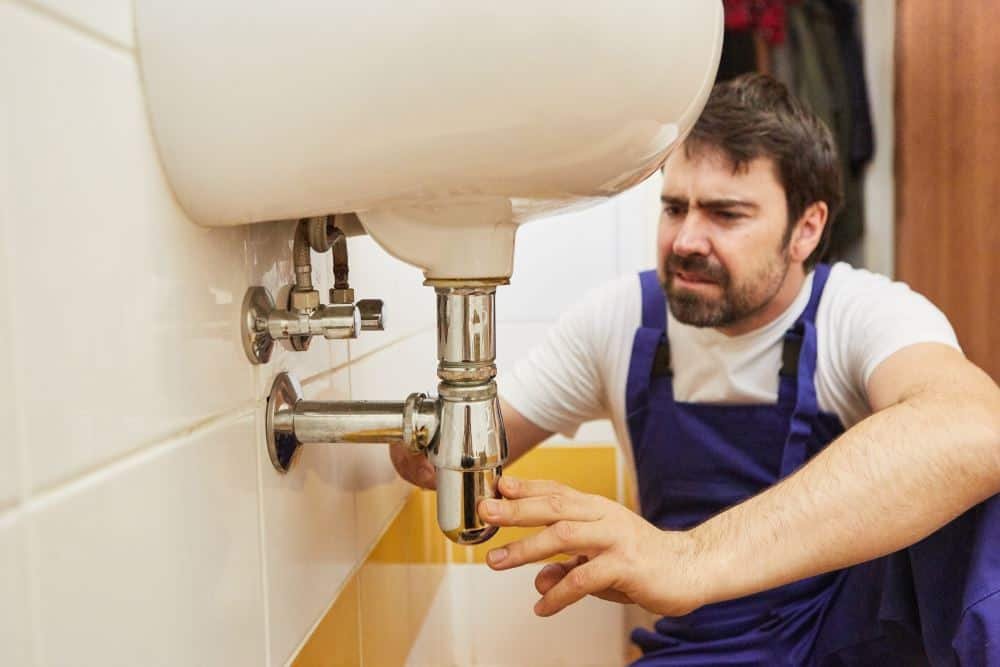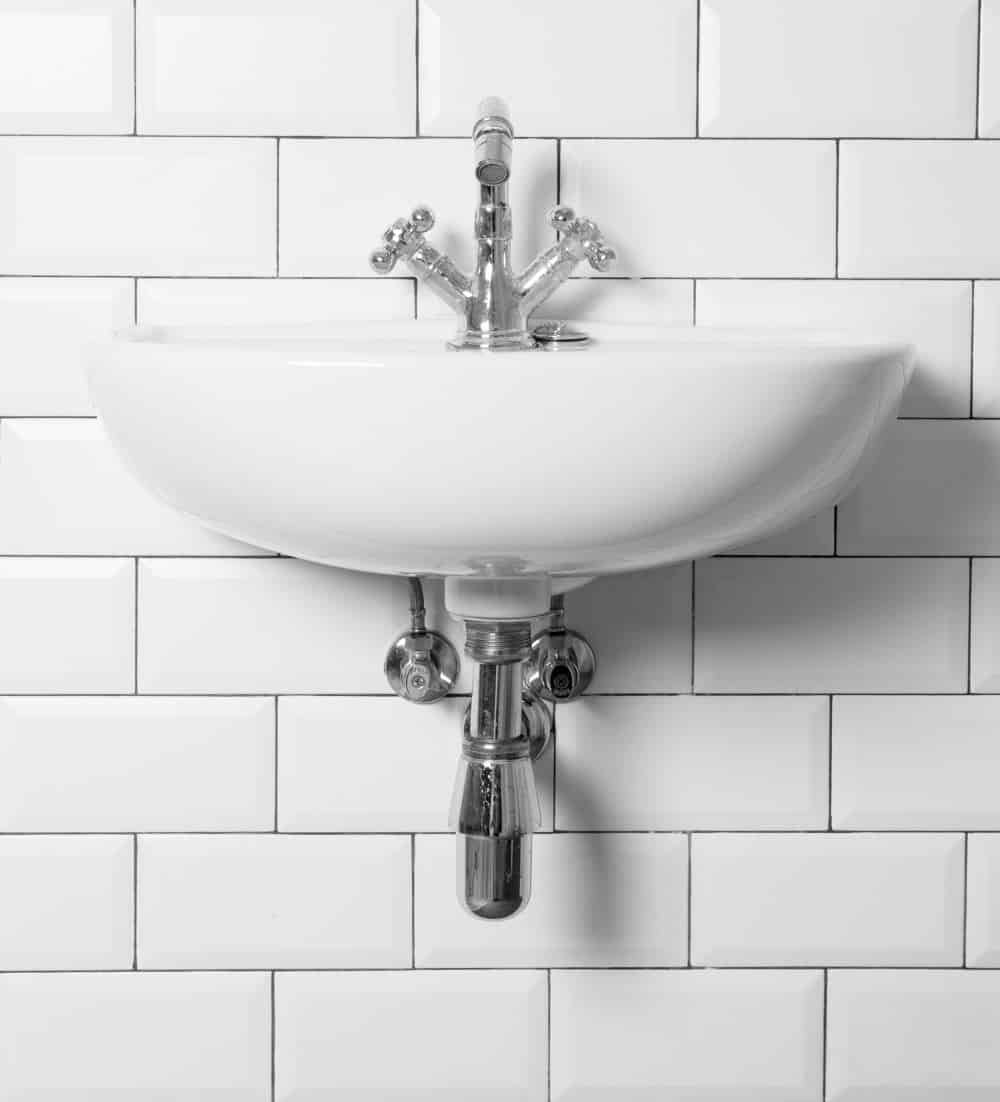What is a Bottle Trap?
A bottle trap is a fundamental component of the basin’s pipes. It keeps the washroom odor-free and hygienic. Whenever we use the bay, water goes down the basin waste. This basin wastes the waste line and the sewer, collecting plenty of other debris and dirt. Usually, that collection includes a lot of unpleasant and unsafe gases. What keeps that mess smell from streaming back up through seepage pipes, the basin, and back into our washrooms?
Bottle traps have an even wastewater opening. However, the lower half unscrews permit free from trash and blockages. Bottle traps need less space than P or S-traps under the machine. It is perfect where the area is small. Because of their design, they are liable to catch garbage.
How Does a Bottle Trap Work?
It is a vessel with a larger diameter than the plumbing pipe from the basin. Whenever water spouts down, this bowl loads up with the new water. So, the trap generally remains loaded with a specific amount of water. When the sewer gases drift up the system through the outlet pipes, they arrive at the bottle trap. The entry remains shut and does not permit the return of waste and gases to enter. Bottle traps give equal capability during a satisfying look when used as a design piece.

The Cleaning Technique for Traps
Bottle traps tend to blockage issues, bringing about sluggish water channels and odors. You can clean the snare without anyone else. Unscrew the base box of the trap and clear the waste kept inside. Could you put it back to use again?
Significant Advantages of Bottle Traps
Improve Functioning of Pipes, Wastes, and Drains.
Bottle traps gain eco-accommodating approval from good companies. It prevents back-ups of sewer gas in the lines and depletes in the kitchen and restroom. These traps keep your channels and scorch through. Because of this, the pipes work many times, even with heavy use.
Bottle traps for your bathroom basin assist with preventing unhealthy air quality in your bathroom. Since they stop unpleasant sewer gases from supporting up and getting away into your home’s insides, these traps are needed for each sink or basin. Not only is sewer gas dreadful in smell. Yet, it can cause undesirable air quality. It conveys many microorganisms from wastes and other rotting material. This gas can raise destructive microorganisms, appropriating it in the air inside your home. This dirtied air would not pass well for proper breathing.
How would you clear a bottle trap?
Remove the substance causing your kitchen sink, baths, and bottle trap to obstruct. Get the cloth you used to clean the lines and wipe both the top and base parts of the bottle trap. When this is spotless, it is prepared to be reconnected to the channel.

Which traps are used in the private household?
The typical state of the trap is the p-trap. The water seal remains in a U-shaped jagged line under the channel. It is appropriate for standard to huge basins because of its excellent “elbow.” P traps have an improved stream than bottle traps. They are less inclined to obstruct and gather garbage.
Because of the bottle trap, the waste pipe streams into a cup-formed vessel where the water accumulates—for instance, a space-saving arrangement regularly used for a low-depth wash basin. Bottle traps can be more profound than P traps. In particular, bottle traps can be offensive in specific regions, so check the regulations. Aside from washbasins, the cup rule is utilized in floor-level showers and shower waste channels.
FAQ
Would you be able to use a bottle trap on a bath?
Bottle waste traps are built of plastic, yet chromed-plated versions are accessible for most. Shallow snares are made to fit under specific spaces found with showers and baths. The shower trap does a lot of similar work. But, it incorporates a removable top segment to enable hairs, etc., to clean.
Are bottle traps legal?
A bottle trap is also called a “decorating lavatory trap. It intends to introduce sinks where the pipes beneath the sink are noticeable. So, the plumbing codes don’t permit a bottle trap. Although a few regional authorities might help them.
How would you unclog a bottle trap?
You must turn the two plastic nuts on each side to unblock the kitchen sink trap. Ensure you squeeze the catch, as it will be free once you deliver the nuts.
Are bottle traps any benefit?
Bottle traps are extraordinary, as they will promise you further work. It can happen when they need to pay you to come in and unblock them. If you fit P traps, you will not get any support work on them.
Would you be able to use a bottle trap for a shower?
Bottle traps are not ordinary fits for showers. Yet, you can reach 1.5″ bottle snares that fit kitchen sinks. They expect all plumbing installations, including sinks, tubs, and showers. A bath trap starts toward the finish of the tub channel get-together. On that, it sticks onto a fitting screwed to the channel outlet.

Is a bottle trap a drum trap?
Drum traps are sediment traps that separate small solids before entering the waste system. However, the bottle trap is like the P trap, with a marginally unique setup, and is more ready to siphonage than the P trap. It is more modest than the P trap and utilized where space saving is vital.
Do bottle traps meet the regulations?
Regulations put specific limitations on the development of bottle traps. However, any you notice available to be purchased is likely approved. I would check the item for endorsements like CSA, UPC, and IAPMO.
Do you want a bottle trap on a sink?
The bottle trap is a fundamental component of the basin’s plumbing that keeps the washroom clean. When we utilize the bay, the used water goes down the basin waste. It moves into the drainage tube and the sewer, where much other debris and dirt is gathering.

